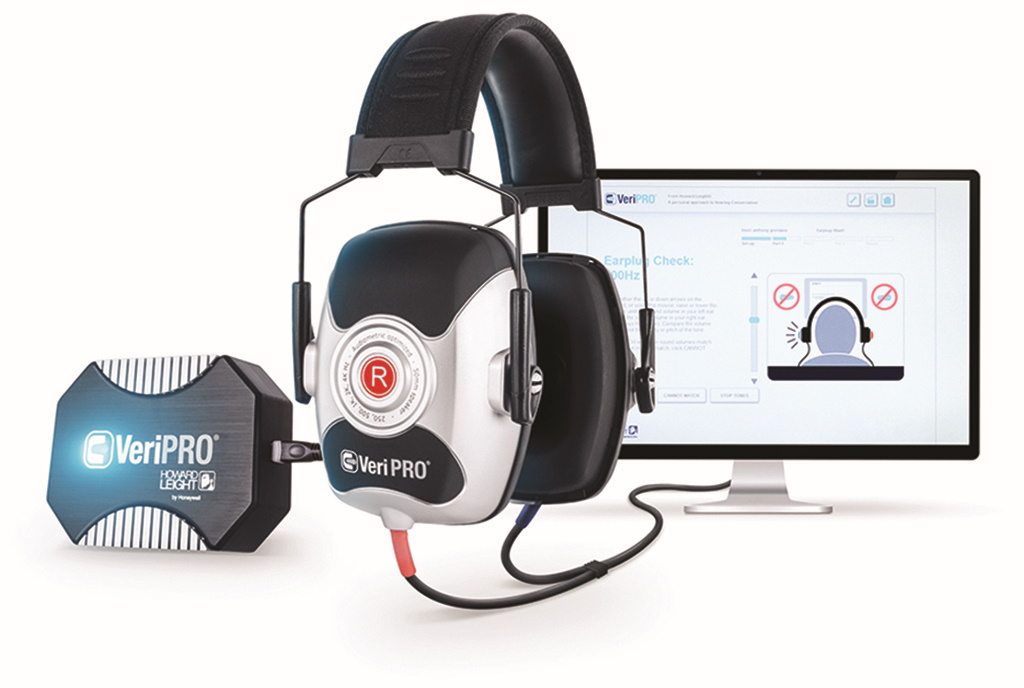When More Isn’t Necessarily Better: Can You Overdo Hearing Protection?
Sponsored Article by Honeywell

Exposure to excessive noise is one of the most common causes of hearing loss. Loud sounds can damage the sensitive structures of the inner ear, causing noise-induced hearing loss (NIHL) and tinnitus (ringing in the ears). These are both incurable, yet preventable impairments.
NIHL affects millions of workers. NIHL is a serious health problem in Asia because it is the most prevalentand preventable occupational disease in most Asian countries.
Occupational NIHL can negatively impact an individual’s quality of life and has been associated with an increased risk of injury, as workers who lose their ability to pick up audio cues from their surroundings can find themselves in dangerous situations. It would be easy to think that the more hearing protection they can get to prevent NIHL, the better, right? Not really. There is such a thing as too much protection – which is called overprotection.
Reducing the surrounding sound by too much can impair situational awareness, leaving workers vulnerable to occupational hazards. For example, an employee who cannot hear an alarm ringing or a vehicle approaching can be in serious danger. Overprotection can contribute to workers getting injured or making errors in completing their tasks. Another consequence of overprotection is that the workers may experience communication difficulties because they aren’t as “present” and aware of their environment, which in turn may lead to social isolation, and eventually job dissatisfaction.
Overprotection explained
According to the Occupational Safety and Health Administration (OSHA), a hearing conservation program is required “whenever employee noise exposures equal or exceed an 8-hour time-weighted average sound level (TWA) of 85 decibels measured on the A scale (slow response) or, equivalently, a dose of fifty percent.”
Any protection that reduces sound levels so far below the OSHA-defined 85 dB Action Level that it interferes with communication can be considered overprotection. The ideal hearing protector brings the hazardous noise levels to a safe yet audible range of 70-85 dB. Using an earplug rated at 33 NRR (the highest available Noise Reduction Rating) to protect against 90 dB noise levels (the minimum for which protection is required) would potentially reduce sound levels to 57 dB, qualifying as overprotection.
So, what can employers do to ensure that a worker’s hearing is protected, but not overprotected?
1. Measure the noise levels in the workplace, by intensity and duration. This can either be done by making area measurements of the workplace with a sound level meter, or by having the worker wear a microphone near the ear to have a more accurate measurement of unprotected noise exposure (also known as dosimetry).
2. Select the right hearing protection and undergo fit-testing. The employer must provide hearing protection that
lowers the employee’s exposure to a safe level, but ideally not below 70 dB. Earplug fit-testing determines if employees are receiving optimal protection for their noise environment, require additional training, or need a different model of hearing protector. Take for example Honeywell Howard Leight’s VeriPro Fit-Testing System. This three-part process checks the effectiveness of an employee’s earplug fit in each ear over a range of frequencies. The fit-testing system makes it easy to get an accurate picture of the employees’ hearing protection needs, be it a better fitting earplug, additional training on how to fit the earplug, or just making sure the employee gets optimal protection from his current earplugs.
3. Employee training and education. Through individual face-to-face training, employers can increase the level of hearing protection offered to workers. Adopting a personalized approach to hearing loss prevention can also educate workers on the importance of using properly fitted earplugs and how to insert them correctly. Training should also include information on the effects of noise, information on hearing protectors, an explanation of a hearing test, and information on the hearing conservation program itself.
Discover Honeywell’s entire range of industrial hearing protection products and accessories, designed for workplace hearing safety.
